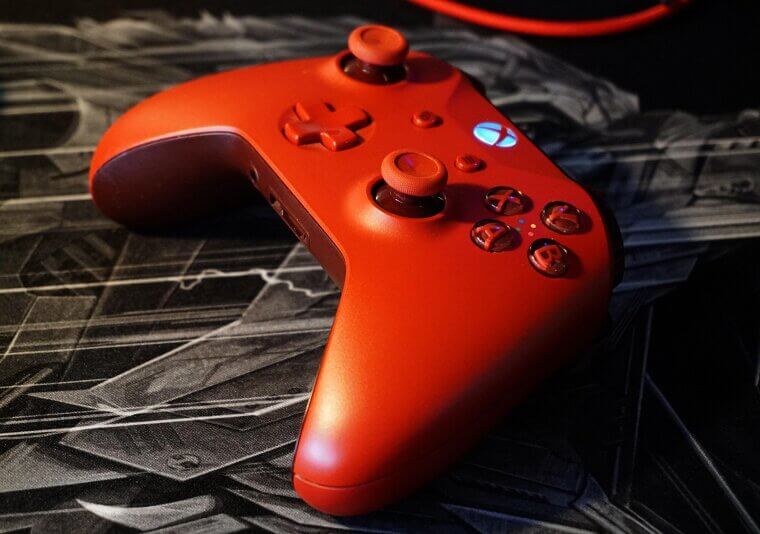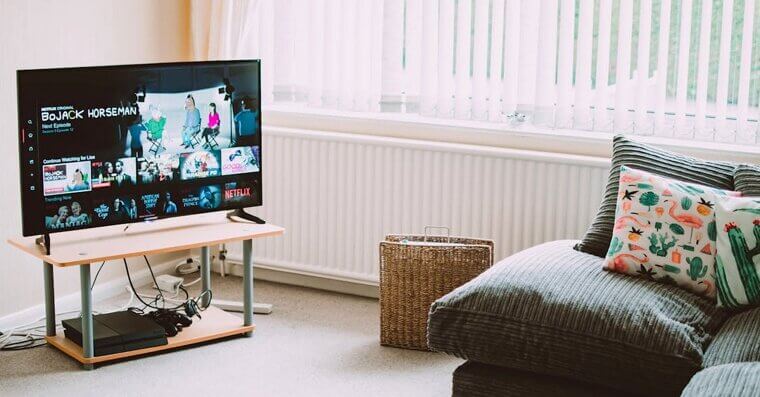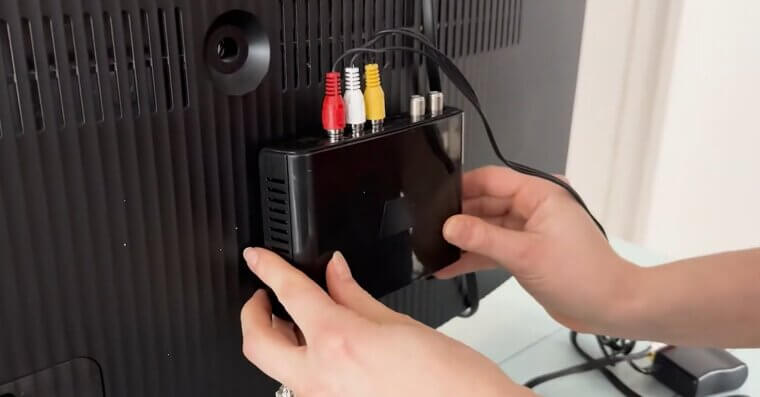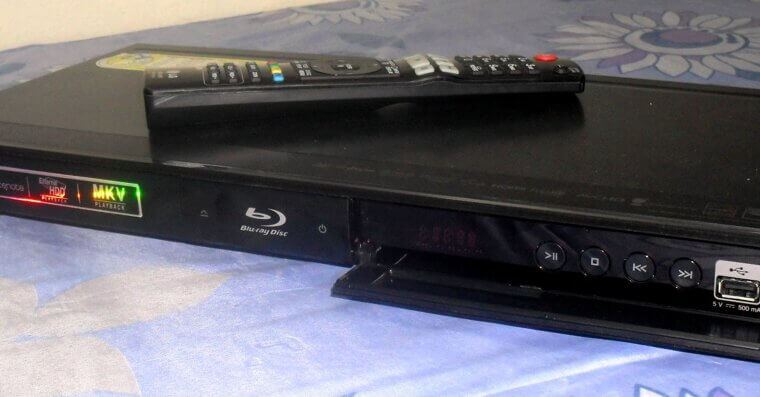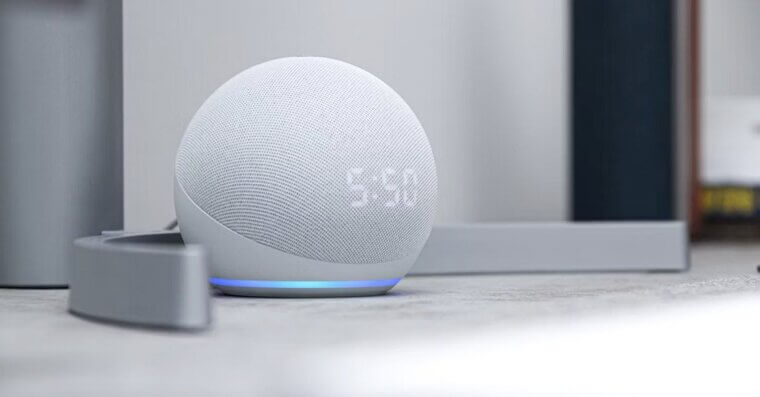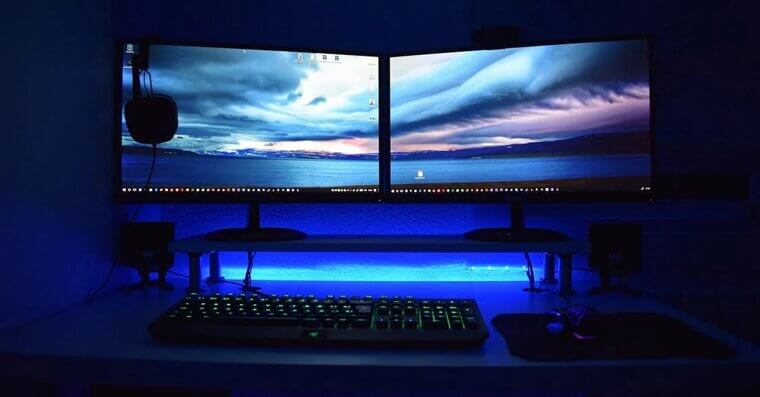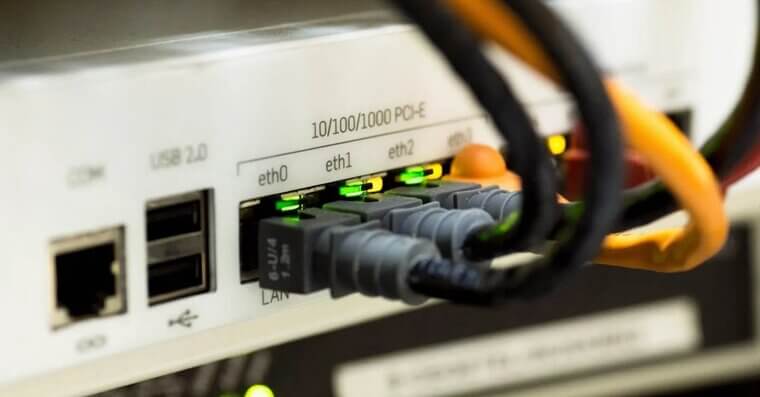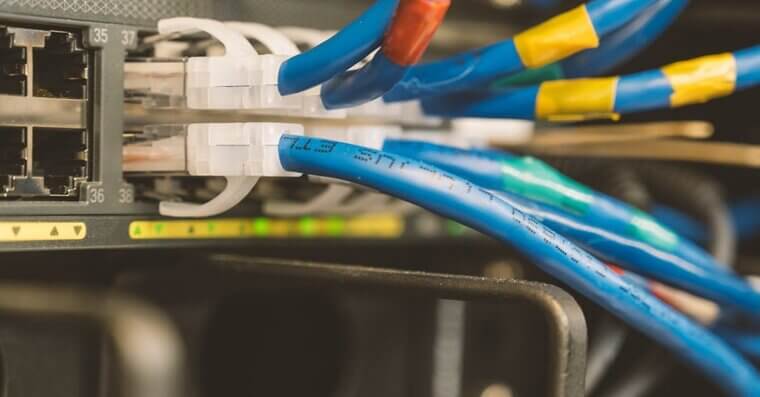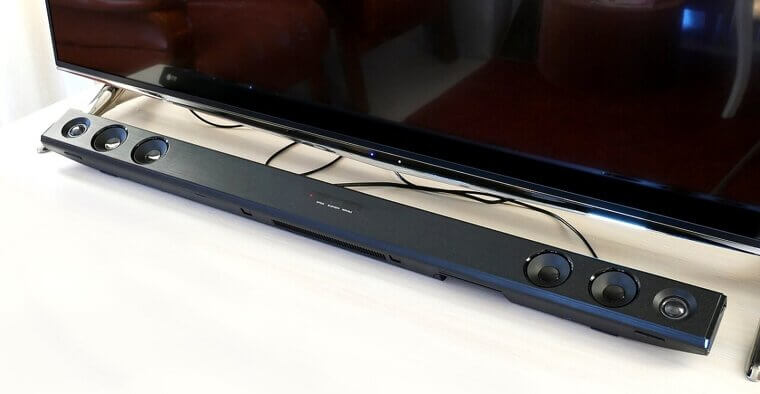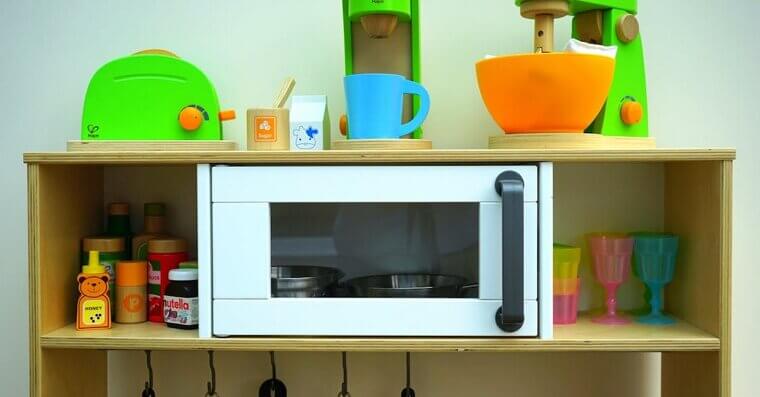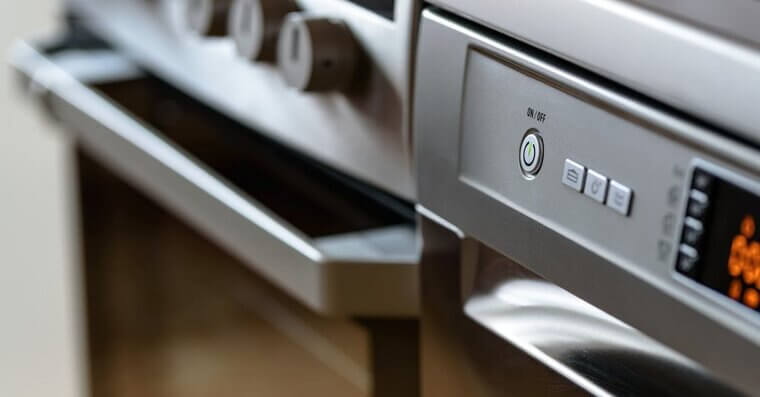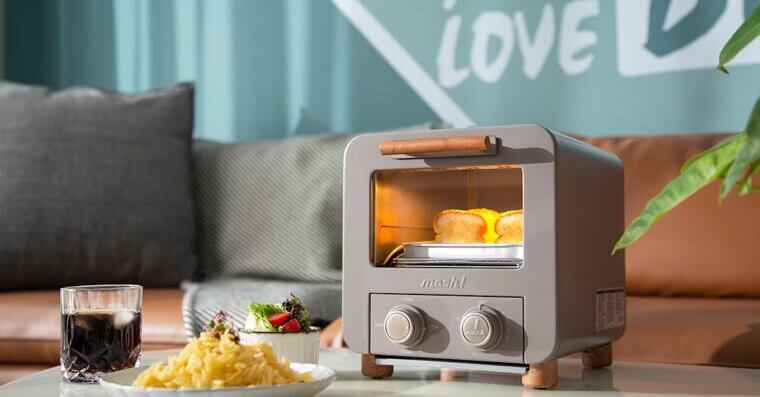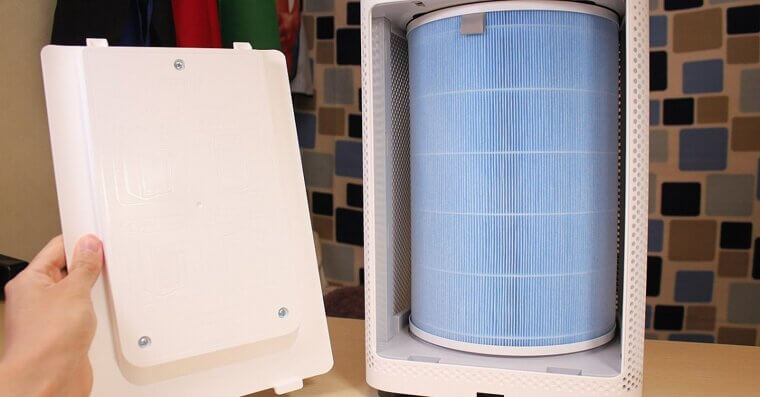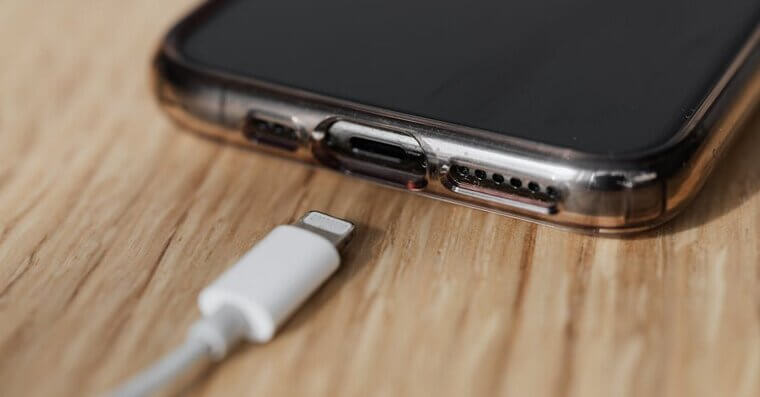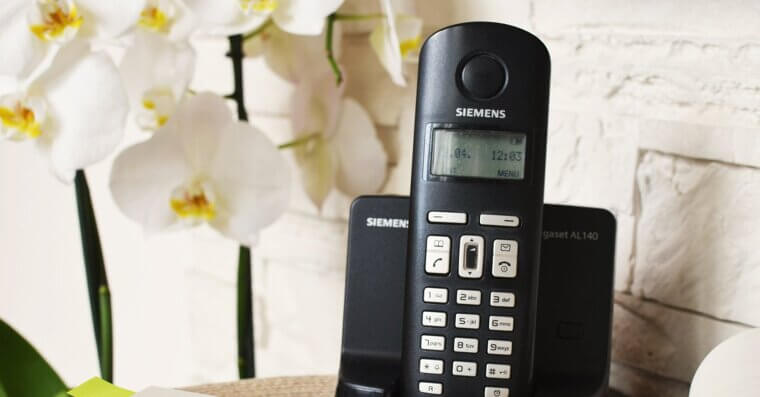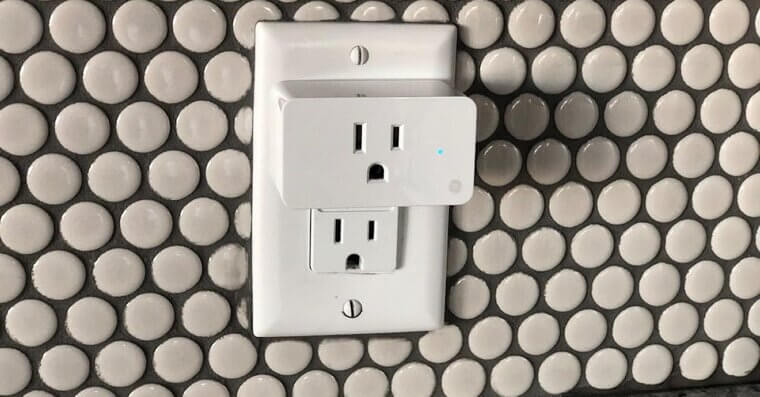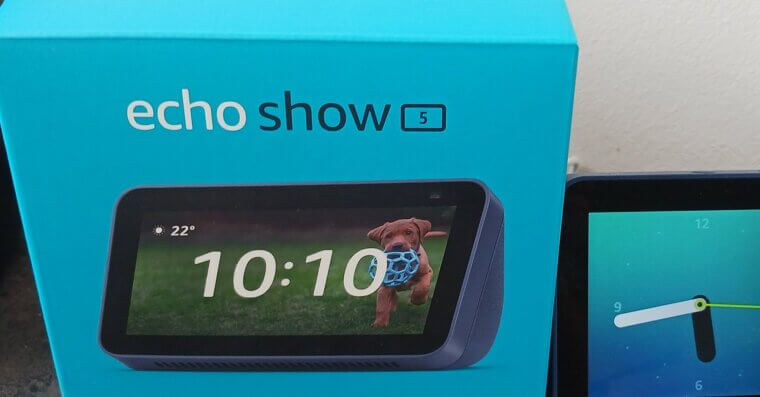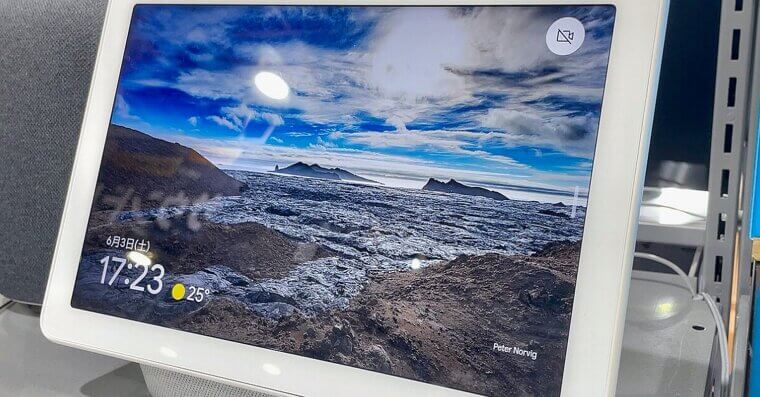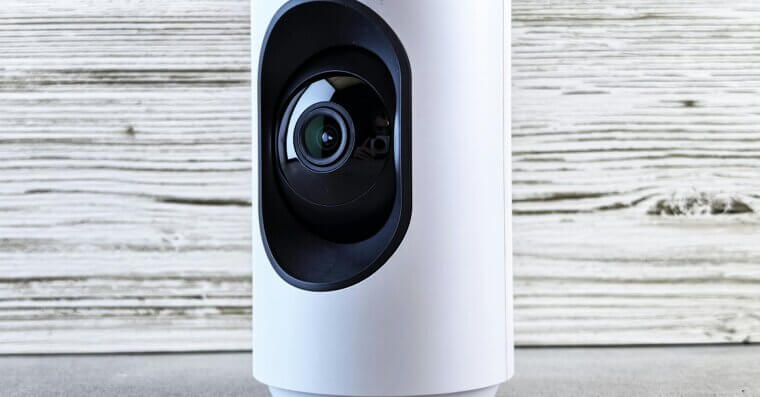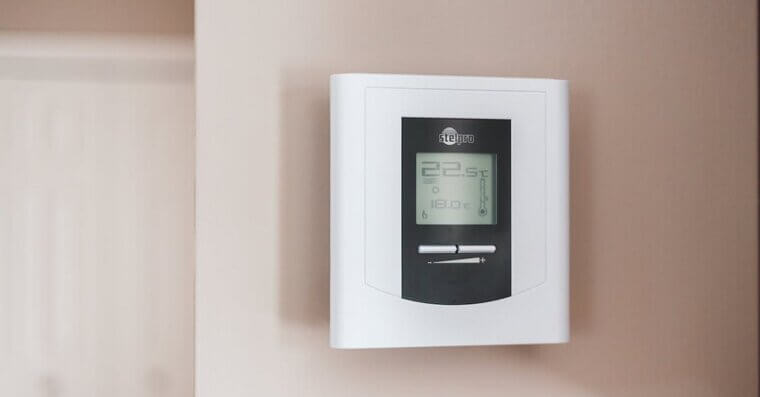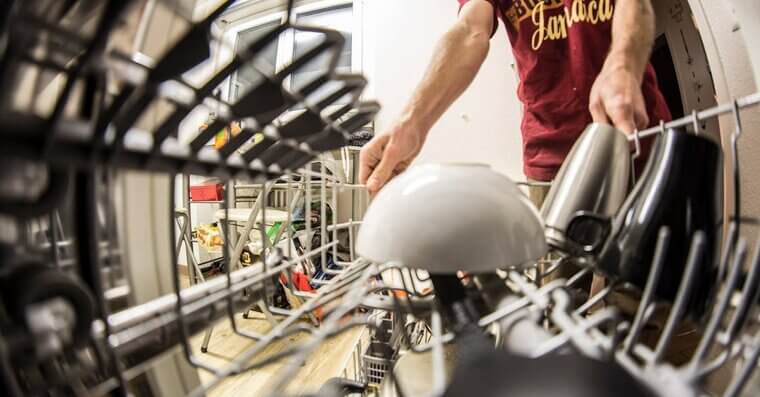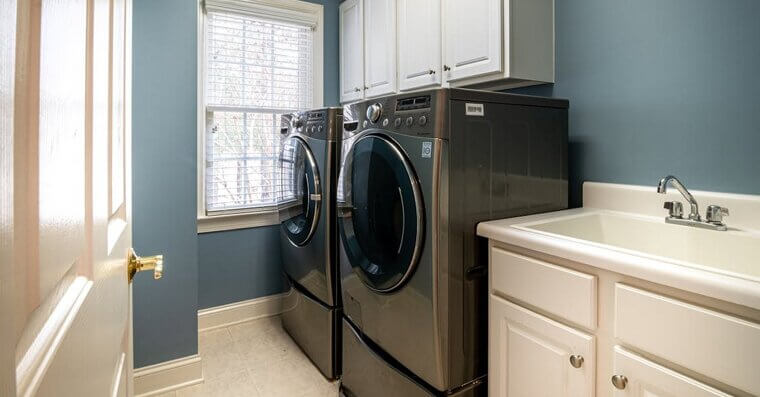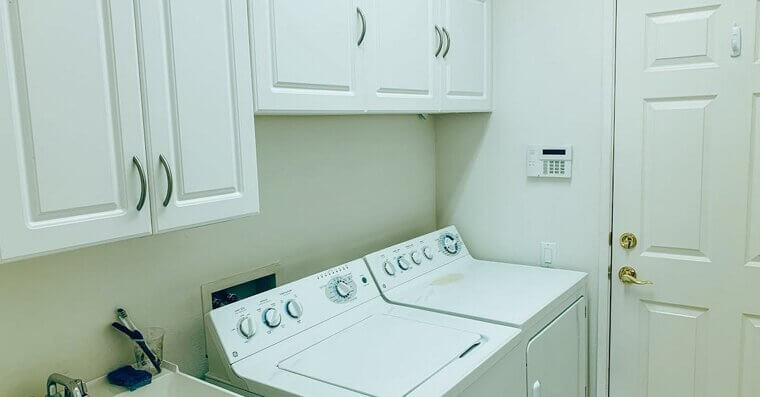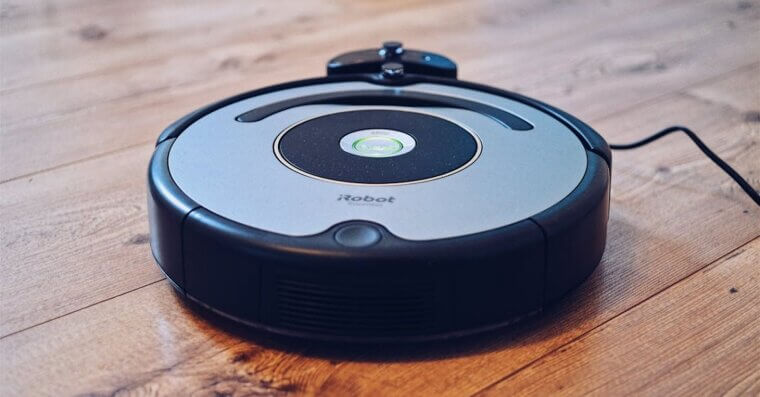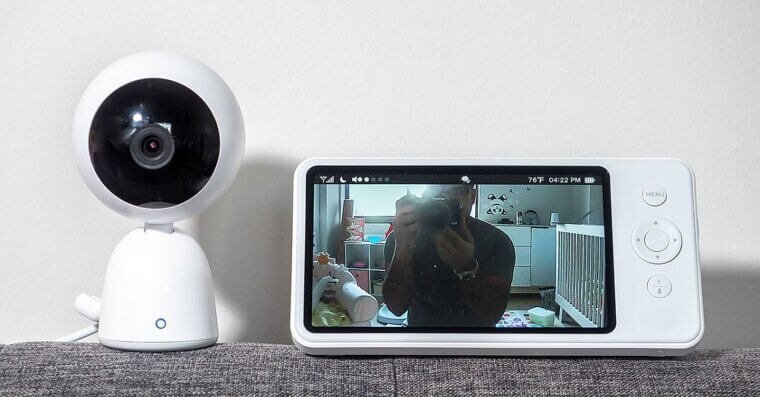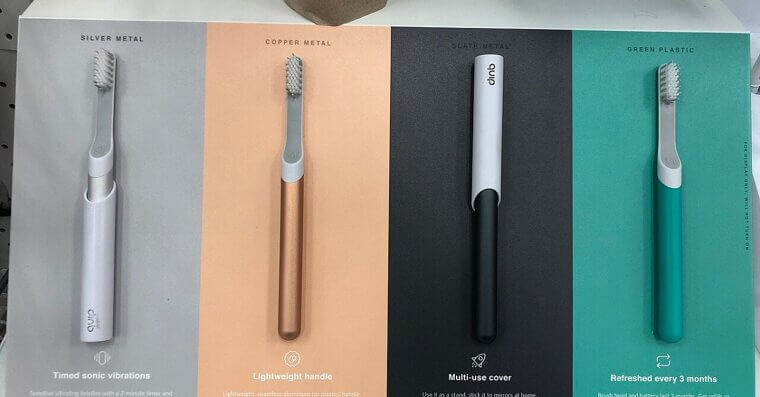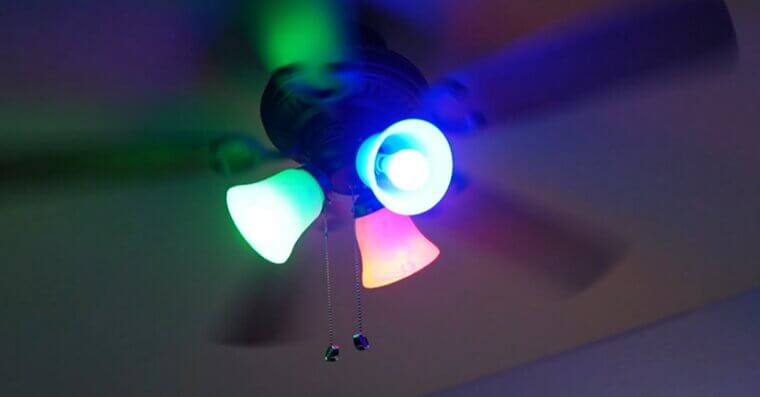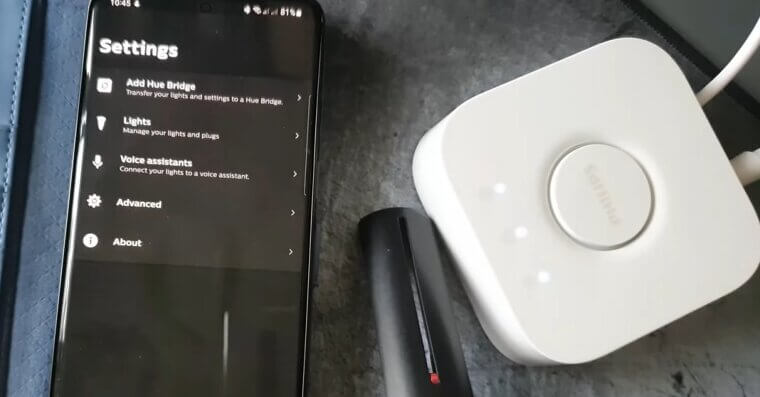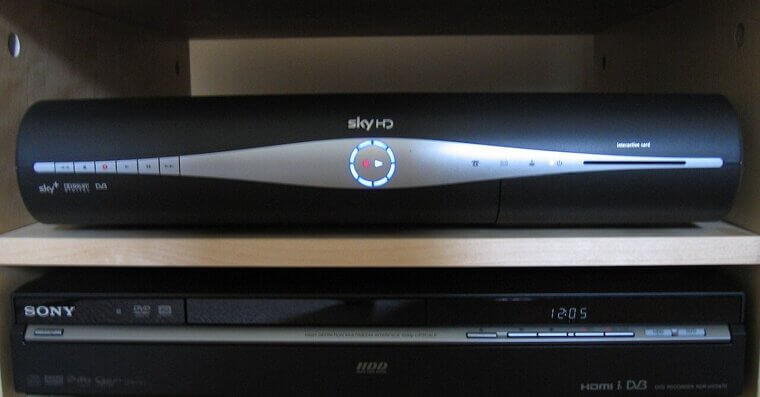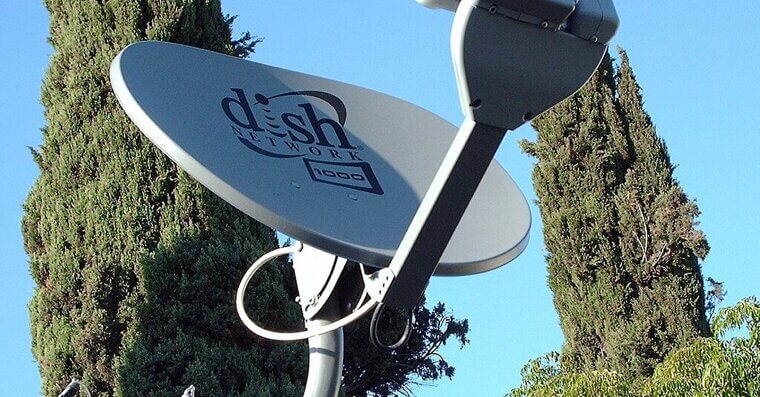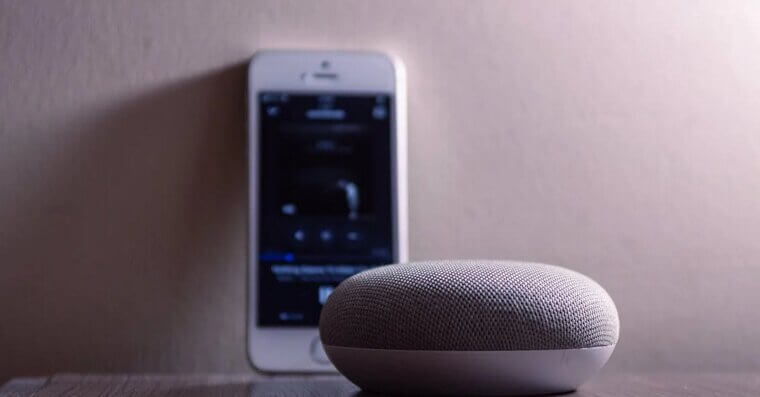Game Consoles
Consoles often stay in standby mode to download updates, charge controllers, and sync with online accounts. That convenience means they keep sipping electricity, just like the vampires in Castlevania.
TVs
Even when “off,” most TVs never truly shut down. They stay semi-active so they can start instantly, responding to the remote when you need it.
Cable Boxes
These are infamous energy vampires. They constantly run in the background so they’re always ready to update programming information - even when you’re not watching anything.
DVD/Blu-Ray Players
They may look like they’re shut down, but many models remain on standby, ready to respond to the remote instantly. That tiny convenience ends up costing extra in power use.
Virtual Assistants
Devices like Alexa or Google Home are always listening for wake words. Even when idle, their microphones, processors, and Wi-Fi connections require a constant stream of electricity.
Computers
Going to the little menu and pressing "shut down" doesn’t always cut the power entirely. Many systems still draw energy to keep USB ports active and preserve memory settings.
Printers
Modern printers rarely go fully dark. They often stay semi-active to run maintenance checks, heat print heads, and download firmware updates, keeping them ready but wasting power between uses. And then they don’t work properly when you need them!
Routers
Internet routers never really rest. They need constant power to keep your home Wi-Fi signal available, even if you’re asleep or not using the internet for hours at a time.
Modems
Just like routers, modems stay fully powered 24/7 to maintain an internet connection. Even during downtime, they keep drawing electricity so they’re ready whenever you log back on.
Smart TVs
Beyond just displaying your favorite TV shows, smart TVs use energy when “off” to update apps and keep their quick-start features active.
Soundbars
Many soundbars don’t completely shut off. Instead, they hover in low-power standby mode, staying ready to instantly sync with the TV or respond to remote control commands.
Microwaves
That little digital clock glowing on the front? It runs all the time. Plus, quick-start features and memory settings ensure microwaves constantly draw small amounts of power.
Ovens
Modern ovens aren’t just heating boxes anymore. Their digital displays, timers, and even occasional Wi-Fi connectivity keep them pulling electricity around the clock.
Coffee Makers
Programmable models with warming plates or brewing timers use steady trickles of electricity so they’re ready to brew fresh coffee exactly when you want it.
Toasters
Old-school models don’t count, but newer toasters with digital controls or displays can draw low amounts of standby power to keep memory functions and sensors active.
Air Purifiers
Even when turned off, many purifiers keep small sensors and indicator lights running. These systems quietly sip electricity to stay ready for the next cleaning session.
Chargers
Plugged-in chargers keep consuming electricity, even if there’s nothing attached. This is an energy vampire that most people don’t even think about.
Cordless Phone Bases
While landlines may feel old-school, the base stations of cordless phones constantly draw power to keep phones charged and instantly ready for incoming or outgoing calls.
Smart Plugs
Ironically, the gadgets meant to save power use some themselves. Smart plugs stay connected to Wi-Fi at all times, waiting for your command to turn something else off.
Alexa Displays
Devices like the Echo Show never really shut down. Their screens, microphones, and processors stay on standby, consuming power while waiting for your voice or touch.
Google Nest Hubs
Similar to Alexa, these displays keep screens glowing faintly, microphones listening, and software updating, which means they never stop using power - even when you’re not interacting with them.
Security Cameras
Whether wired or Wi-Fi, security cameras stay alert 24/7. They need constant electricity to do all that they do to keep your house safe.
Smart Thermostats
These devices track energy usage, learn your habits, and display data constantly. That means they’re drawing electricity all day, every day.
Dishwashers
The cycle may be finished, but the dishwasher isn’t truly “off.” Its control panel, memory settings, and sometimes even Wi-Fi features quietly pull electricity between washes.
Washing Machines
Modern washers come loaded with digital displays, sensors, and smart functions. Even after you press “off,” those systems continue sipping energy while they wait for the next load.
Dryers
Just like washers, dryers with digital screens or Wi-Fi remain partially active between uses. That standby state keeps them ready but also costs extra on your electricity bill.
Vacuum Robots
When docked and charging, robotic vacuums like Roombas never stop drawing power. Nature abhors a vacuum, after all.
Baby Monitors
These are important, but energy vampires. Unless you unplug them completely, they’ll keep pulling electricity to stay ready for the next check-in.
Electric Toothbrush Chargers
They may seem harmless, but these chargers draw power even without the toothbrush sitting on them. Maybe it's time to switch to the more old-fashioned toothbrushes?
Smart Light Bulbs
These bulbs never truly go dark. To stay connected to Wi-Fi or a hub, they constantly use tiny amounts of power, even when switched “off.”
Smart Hubs
Devices like SmartThings, Hue Bridges, or other control hubs are always powered up. They maintain constant Wi-Fi or Bluetooth connections, making them nonstop energy users.
External Hard Drives
Plugged-in hard drives can keep spinning or hovering in low-power standby. They may look “asleep,” but they’re still pulling power as long as they’re connected.
DVD Recorders/DVRs
These devices almost never shut down. They’re often recording, downloading guides, or running software updates, which means they’re always on and always drawing electricity.
Satellite Receivers
Just like cable boxes, satellite receivers stay active around the clock to keep receiving signals, program updates, and recordings.
Bluetooth Speakers
Left plugged in, many Bluetooth speakers never fully shut down. They sit in standby, ready to pair instantly, which means they’re still drawing small amounts of power.

